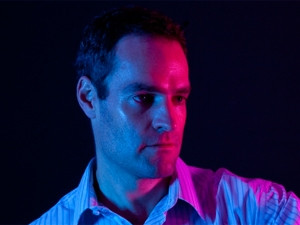
For those versed in apocalyptic sci-fi, the augmented human conjures up visions of a dystopian Terminator-like future, a blend of man and technology that won't end well.
Then there's the perhaps more optimistic view that envisages technology taking people beyond the levels of human performance currently perceived as normal into the realms of the superhuman.
"Although the overarching concept of digitally connected humans with cyborglike implanted electronics is the stuff of science fiction and raises a plethora of complex ethical and legal issues, the journey toward this future state is well underway," says Gartner vice president Stephen Prentice.
"This year is already seeing a strong emphasis on wearable devices, such as Google Glass, representing a further move toward human integration with the device and cloud-based environment beyond."
Industry observers have cast 2014 as the year wearables become a key consumer technology. But whether this will become reality or remain hype, for enterprises, wearables are the next stage of consumerisation of IT, with a far wider and more disruptive impact than today's Bring Your Own Device (BYOD) trend. While full development of this new world of 'bring your own wearable device' (BYOWD) or 'wear your own device' (WYOD) will take a decade, forward-looking companies are already starting to look at ways of leveraging the power of wearables to drive business results in years to come, says Forrester Research vice president and prinical analyst JP Gownder.
By providing solutions not easily replicated by smartphones and other BYOD devices, wearables are a revolutionary leap forward in mobile enterprise computing.
"Perpetually connected wearables will enable workers, partners, and customers to experience new levels of immediacy, simplicity and context in their mobile computing," Gownder says.
Perpetually connected wearables will enable workers, partners, and customers to experience new levels of immediacy, simplicity and context in their mobile computing experiences.
JP Gownder, Forrester
Forecasting a 2020 market where company-provided wearables will eclipse consumer use, he also stresses that wearables aren't just a consumer phenomenon.
"They have the potential to change the way organisations and workers conduct business," he says. "Enterprises need to start putting together a road map for thinking about how wearables can improve their businesses over the next few years. In other words, they need to embark now on the early stages of the enterprise wearables journey."
Big brother
Enterprise wearable functionality will extend to health monitoring, environmental sensing, physical monitoring, real-time and hands-free data monitoring and recording, collaboration, authentication, and augmented reality.
Because of the hands-free nature of some aspects of work, Gigaom analyst Jody Ranck says the enterprise environment will play an important role in the growth of wearable computing.
"In contexts such as hardware repair, maintenance of heavy infrastructure - for example, nuclear reactors and sophisticated hardware - or outdoor construction, where real-time geographical information is required, wearables can be ideal," he says.
Wearables will also enable quantified workers, which Sogenti's Vint Future Labs says will be the 'the employees of the future', measured and monitored at every stage of their work day.
"Hyper-measurability is extending its ability to measure anything, and now extends to the shop floor: from the relationship between the amount of coffee consumed and the production capacity, to the connection between the minimum physical activity per employee and health-related costs," Vint researchers say.
"BYOWD will be generally accepted, provided the data is used to maximise the benefits in every respect. Logistic processes, social processes and communication within the organisation can be analysed and optimised to any required level."
Nice to have
For now, wearables are still seen as a 'nice-to-have' and not a 'must-have', says Juniper analyst Nitin Bhas. While the market is still new and relatively immature, he believes it will rapidly become a 'somewhat crowded affair', mirroring the smartphone uptake curve of the past few years.
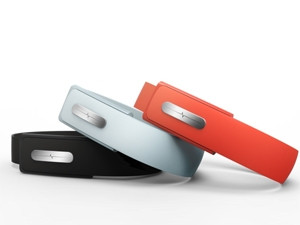
Despite the paucity of business case studies and the unclear road ahead, observers anticipate a flourishing market.
* Wearable devices will grow from 50 million in 2013 to 90 million this year. (ABI Research)
* Global sales will hit at least $3 billion this year. (Deloitte)
* By 2018, worldwide revenue will reach $19 billion, compared with $1.4 billion in 2013. (Juniper Research)
* The largest wearables category is the smart watch segment, which will grow by well over 350 percent in 2014 alone. In 2018, 71 million smart watches will be shipped, accounting for 46 percent of global wearable shipments. (StrategyAnalytics)
* By 2020, there will be more than 500 million users of wearable technology. (Deloitte)
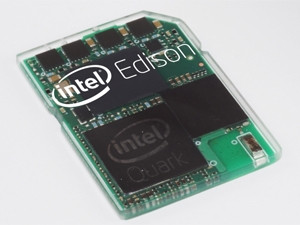
If the hype and predictions bear out, what will drive this astonishing growth? In the run-up to 2020 as the enterprise tipping point, drivers will include innovations in hardware, the emergence of Android as a wearable operating system, and the impending transformation of the global health industry, which will not only expand wearable awareness far beyond today's 'nice to have' fitness bauble, but also have lessons for other enterprises.
For Canalys analyst Daniel Matte, wearables are more about the consumerisation of health than anything else, and he believes a number of 'exciting innovations' are disrupting the global medical industry in 2014.
One is Android, which he sees as critical for developing a wearable app ecosystem. Last month, Google unveiled details of Android Wear, a version of its operating system designed for wearables, with an initial focus on smart watches. This is significant because, as Matte argues, smart watches will create increased awareness about personal wellbeing and make wearing a computer on your wrist increasingly common.
But as evidenced by Google's partners in the Android Wear project - from device makers like HTC, Samsung and LG to chipmakers such as Intel, Qualcomm and Broadcom - the stage is set for far more than smart watches, even if they are as acclaimed as the Pebble, or as highly anticipated as the iWatch.
Diagnostic devices
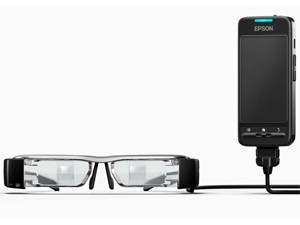
Another major driver of wearable growth is the continued and rapid evolution of wearable hardware, boosted by ground-breaking developments in processors, MEMS sensors, wireless technology, optical sensing, battery life, and wireless functionality.
Simon Spurr, FOLUP co-founder and CEO (Africa), says that as the technology becomes smaller, less obtrusive and more passive, mobile health (mHealth) wearables will only grow in popularity.
"Wearable diagnostic devices can provide a better early health warning system than nature gave us," he says.
"By wearing a device that constantly gathers personal data and pushes it into a secure cloud environment, you can generate a significant realm of personal health information."
Healthcare organisations will consequently invest significantly in analytics, with a particular emphasis on transactional systems that improve process accuracy and provide real-time decision support.
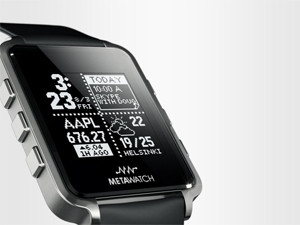
"This would offer great benefits to companies that manage risk, such as medical aids, insurance companies, and even employers."
Since healthcare has been earmarked as the earliest mainstream adopter of wearable technology, businesses in other industries will be keeping a close eye on upcoming developments in the global medical arena. There are sure to be a great many successes and failures to learn from.
First published in the May 2014 issue of ITWeb Brainstorm magazine.
Share